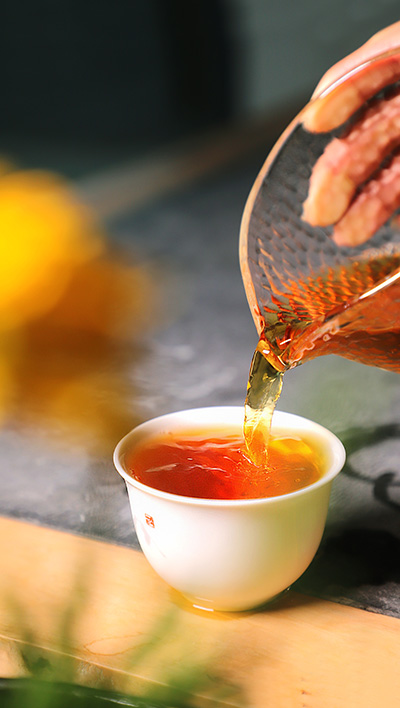

A royal favorite
It is said that Keemun (the old spelling of Qimen) is among the favorite black tea varieties of the British royal family. Compared with Kowkui, it also enjoyed bigger fame overseas. However, its birth on a land most famous for green tea is a fascinating tale.
Wang Chang, 66, is also a fifth-generation tea processing practitioner. First learning how to make tea in junior high school, he grew up hearing legends surrounding the early days of that black tea icon.
According to him, green tea used to dominate Qimen as well, but locals found it difficult to capture market share in fierce competition with neighboring counties.
Qimen used to produce kaolin soil to supply the nearby Jingdezhen in Jiangxi province, a major porcelain-making and export center. Some merchants in the 1870s found black tea might be more popular among overseas clients. They introduced the full fermentation technique in Qimen and made use of the porcelain trade network to promote the "new" brand.
They succeeded, creating an unconventional black tea variety famous for its mixed aroma.
Located on the Qing Dynasty trade route, some buildings in Wang's junior high school were said to be an exchange post during this boom. In their spare time, making tea became a tradition for teachers and students there. It was even called "the tea leaf high school".
"I don't have to really 'learn' the skills," Wang recalls, laughing. "It naturally became part of me. And, I did better when making tea than staying in classroom, and that became my lifetime career."
Unlike most traditional Chinese tea varieties, which prefer original, pure flavor, Keemun mixes various floral and fruit tastes, as well as wooden notes.
"A key in processing the tea is to recombine the best tea buds produced from different gardens across the county and fully evoke their aroma, like making a perfume," Wang says. "That's why its fragrance can travel afar and keep hooking people."